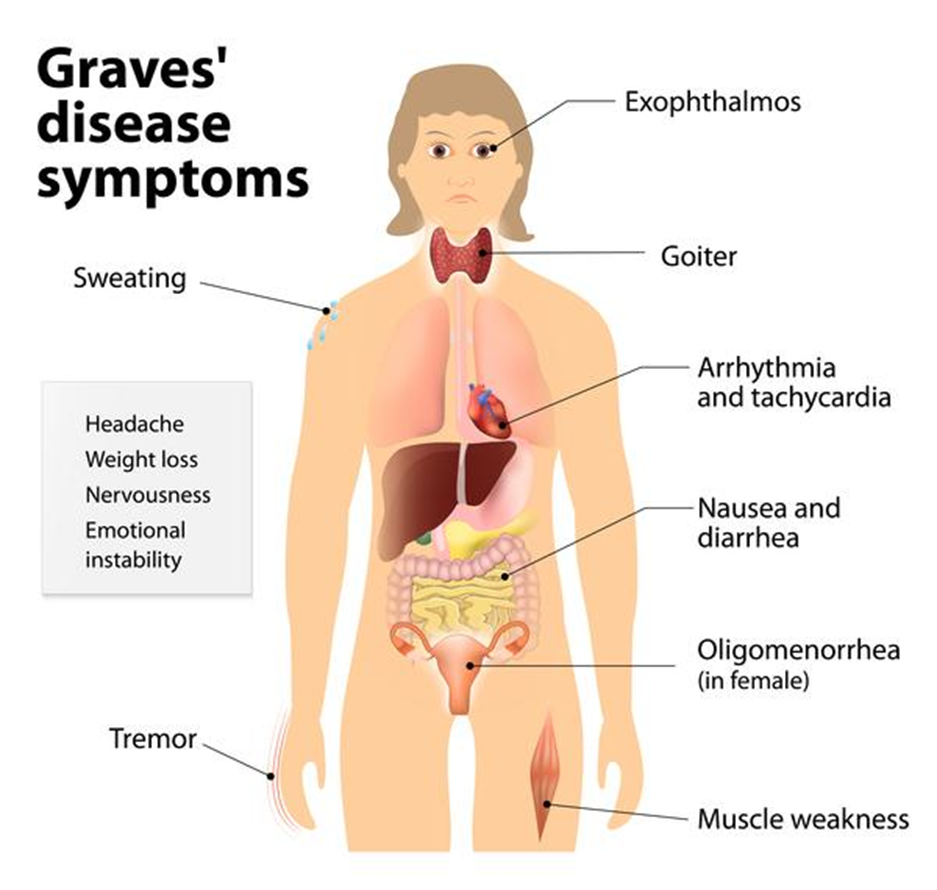Which home care instructions would the nurse provide to the parent of a child with acquired immunodeficiency syndrome (AIDS)? Select all that apply.
The child needs to avoid exposure to other illnesses.
Frequent handwashing is important.
Clean up body fluid spills with bleach solution (10:1 ratio of water to bleach).
Monitor the child's weight.
The child's immunization schedule will need revision.
Fever, malaise, fatigue, weight loss, vomiting, and diarrhea are expected to occur and do not require special intervention
Correct Answer : A,B,C,D
A. The child needs to avoid exposure to other illnesses.
Explanation: Children with AIDS have compromised immune systems and are more susceptible to infections. Therefore, it is important to minimize exposure to other illnesses to reduce the risk of infections.
B. Frequent handwashing is important.
Explanation: Good hand hygiene helps prevent the spread of infections. Encouraging frequent handwashing is crucial in the care of a child with AIDS.
C. Clean up body fluid spills with bleach solution (10:1 ratio of water to bleach).
Explanation: Using a bleach solution to clean up body fluid spills helps to disinfect and reduce the risk of transmission of infections. The recommended ratio is 10 parts water to 1 part bleach.
D. Monitor the child's weight.
Explanation: Monitoring the child's weight is important for assessing nutritional status and overall health. Weight loss may indicate underlying health issues that need attention.
E. The child's immunization schedule will need revision.
Explanation: Children with AIDS may have altered immune function, but the need for immunizations is still crucial. However, live vaccines may need to be avoided. The immunization schedule should be discussed and individualized with the healthcare provider.
F. Fever, malaise, fatigue, weight loss, vomiting, and diarrhea are expected to occur and do not require special intervention.
Explanation: While these symptoms may occur, they should not be dismissed without evaluation. Any changes in the child's health, including symptoms such as fever, malaise, fatigue, weight loss, vomiting, and diarrhea, should be reported to the healthcare provider for appropriate assessment and intervention.
Nursing Test Bank
Naxlex Comprehensive Predictor Exams
Related Questions
Correct Answer is C
Explanation
A. Bottle-feed with diluted fruit juice:
Incorrect: Diluted fruit juice is not recommended for infants with diarrhea. Fruit juices, even when diluted, may contain sugars that can exacerbate diarrhea. It's important to focus on water or rehydration solutions.
B. Discontinue breast-feeding until the diarrhea resolves:
Incorrect: Breast milk is an essential source of nutrition for infants, and discontinuing breastfeeding is not recommended, even during episodes of mild diarrhea. Breast milk helps maintain hydration and provides essential nutrients.
C. Provide an increased intake of water.
Correct Answer: Maintaining hydration is crucial during episodes of diarrhea. Offering the infant increased water intake helps prevent dehydration. Rehydration solutions specifically designed for infants can also be recommended.
D. Avoid all solid foods:
Incorrect: While avoiding certain solid foods may be recommended in some cases, it's not necessary to completely avoid all solid foods for a 12-month-old with mild diarrhea. The emphasis should be on maintaining hydration and offering easily digestible foods.
Correct Answer is A
Explanation
A. Heat intolerance
Explanation:
Graves' disease is an autoimmune disorder that results in hyperthyroidism, meaning there is an overproduction of thyroid hormones. Common symptoms of Graves' disease include heat intolerance, increased sweating, weight loss, palpitations, and anxiety. The hyperactivity of the thyroid gland leads to an increased metabolic rate, causing heat intolerance.
B. Bradycardia
Explanation: Bradycardia (slow heart rate) is not typically associated with Graves' disease. Hyperthyroidism usually leads to an increased heart rate (tachycardia) due to the stimulatory effects of thyroid hormones on the cardiovascular system.
C. Lethargy
Explanation: Lethargy (excessive tiredness or lack of energy) is more commonly associated with hypothyroidism, where there is an insufficient production of thyroid hormones. In Graves' disease, the excess thyroid hormones often lead to symptoms of hyperactivity, not lethargy.
D. Weight gain
Explanation: Weight gain is not a typical finding in Graves' disease. Hyperthyroidism often leads to unintentional weight loss due to increased metabolism and energy expenditure. Weight gain is more commonly associated with hypothyroidism.

Whether you are a student looking to ace your exams or a practicing nurse seeking to enhance your expertise , our nursing education contents will empower you with the confidence and competence to make a difference in the lives of patients and become a respected leader in the healthcare field.
Visit Naxlex, invest in your future and unlock endless possibilities with our unparalleled nursing education contents today
Report Wrong Answer on the Current Question
Do you disagree with the answer? If yes, what is your expected answer? Explain.
Kindly be descriptive with the issue you are facing.
